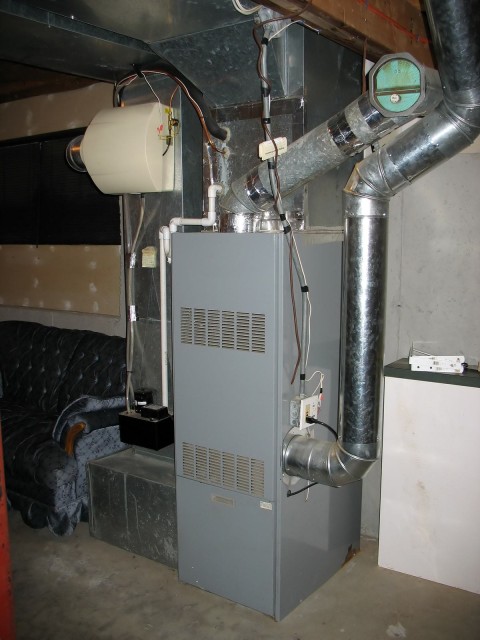As Torontonians, we are well aware that our city’s cold can drop low and pierce any article of clothing. Warm homes during those months are a must for us to live our lives. However, the heat we receive comes at a price, and that is winter air that’s dry.
For most people, it’s the scalp, skin, and hands that become driest during the winter months. Also, some people experience sore throats and “perpetual colds.” In fact, the dry air of winter can exacerbate asthma, dust allergies and even contribute to nosebleeds.
A drop in the humidity level is often seen when cold weather appears.
You may want to purchase a freestanding or small tabletop humidifier. However, the right way to deal with such a problem is to install a furnace humidifier. It’s the one true way to alter the humidity level of your entire house all at the same time.
Why is my furnace air dry?
The truth of the matter is that most furnaces contribute to lowering the humidity levels. They are not working to “dry out the air.” What they do is draw outside air, air that is typically less humid than the air inside, into a home
What is Atmospheric Combustion?
This is what atmospheric combustion furnaces do, the standard of older furnace models. This type of heater operates with an open combustion chamber. It pulls the air in a home to activate the burners. As the air is drawn from the house, a vacuum fills with outside air. If the air outside is drier than the air inside “often the case in winter” it leads to a drop in relative humidity. Cold drafts are also created.
Sealed Combustion Furnaces
Many of the new furnaces don’t have the problem due to their sealed combustion. This is a furnace with a combustion chamber closed off to the rest of the home. Air from the outside is pulled in through piping. Therefore, no forced exchange of air is operating with the outside air. It not only prevents indoor air from getting too dry, but it also works at a higher energy efficiency that doesn’t lose heat through the open combustion chamber.
